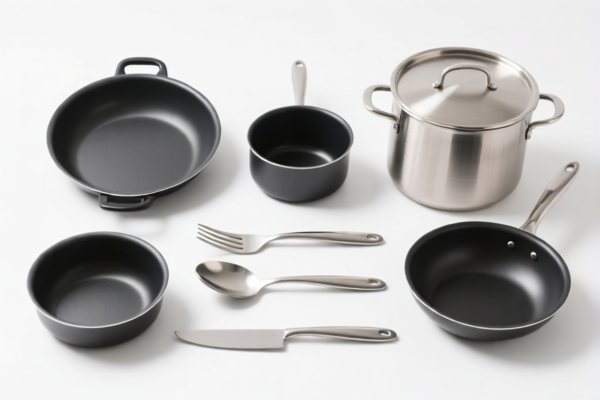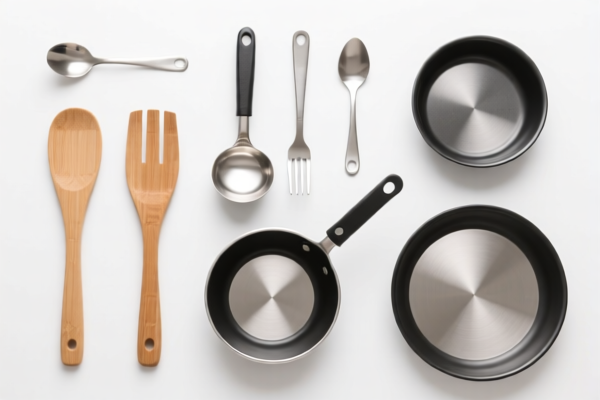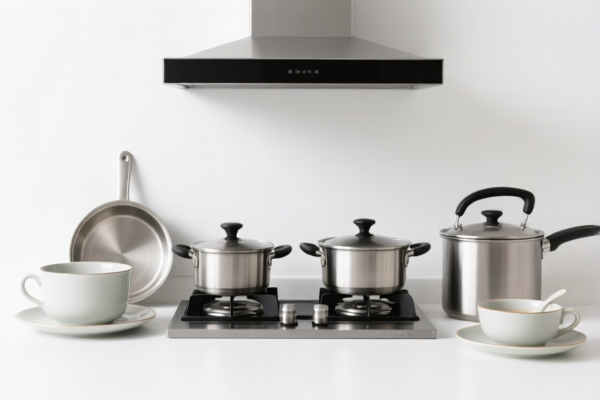| HS Code | Official Doc | Tariff Rate | Origin | Destination | Effective Date |
|---|---|---|---|---|---|
| 6006909000 | Doc | 55.0% | CN | US | 2025-05-12 |
| 3918102000 | Doc | 60.3% | CN | US | 2025-05-12 |
| 5705002090 | Doc | 58.3% | CN | US | 2025-05-12 |
| 4016910000 | Doc | 57.7% | CN | US | 2025-05-12 |




Okay, let's break down the HS codes and potential classifications for your "KITCHEN MAT" declaration. Here's a structured analysis to help you determine the most accurate code and understand the associated duties.
Understanding HS Codes - A Quick Primer
HS codes (Harmonized System codes) are internationally standardized codes used to classify traded products. The first 6 digits are generally consistent worldwide, while additional digits are used for more specific categorization by individual countries.
- Chapter (First 2 digits): Broad category of the product.
- Heading (First 4 digits): More specific grouping within the chapter.
- Subheading (First 6 digits): Even more detailed classification.
- Additional Digits: Country-specific for further refinement.
Analysis of Your Provided Codes
Here's a breakdown of each code you've received, with a focus on whether it's suitable for a "KITCHEN MAT" and key considerations:
-
369 - Bed linen, table linen, toilet linen and kitchen linen: Other: Of cotton Other:
- Chapter 36: Textiles.
- Suitability: Potentially suitable if your kitchen mat is made entirely of cotton and resembles a thick kitchen towel or placemat. However, this is less likely for a typical floor mat.
- Key Consideration: Material composition is critical. If it's a blend or not cotton, this code is incorrect.
- Tax: Not provided.
-
6006.90.90.00 - Other knitted or crocheted fabrics: Other: Other:
- Chapter 60: Textiles.
- Suitability: Unlikely unless your mat is specifically a knitted or crocheted fabric. Most kitchen mats are woven or have a different construction.
- Key Consideration: Construction method is key.
- Tax: 基础关税: 0.0%, 加征关税: 25.0%, 2025.4.2后加征关税: 30%; Total Tax: 55.0%
-
3918.10.20.00 - Floor coverings of plastics, whether or not self-adhesive, in rolls or in the form of tiles; wall or ceiling coverings of plastics, as defined in note 9 to this chapter: Of polymers of vinyl chloride: Floor coverings: Other:
- Chapter 39: Plastics.
- Suitability: Highly likely if your mat is made of vinyl (PVC) plastic. This is a common material for kitchen mats.
- Key Consideration: Confirm the material is indeed vinyl.
- Tax: 基础关税: 5.3%, 加征关税: 25.0%, 2025.4.2后加征关税: 30%; Total Tax: 60.3%
-
5705.00.20.90 - Other carpets and other textile floor coverings, whether or not made up: Other Other:
- Chapter 57: Carpets and Textile Floor Coverings.
- Suitability: Possible if your mat is a textile-based floor covering (e.g., made of polypropylene, polyester, etc.). However, the "Other" classification is broad.
- Key Consideration: Material composition and construction. Is it clearly a carpet-like structure?
- Tax: 基础关税: 3.3%, 加征关税: 25.0%, 2025.4.2后加征关税: 30%; Total Tax: 58.3%
-
4016.91.00.00 - Other articles of vulcanized rubber other than hard rubber: Other: Floor coverings and mats:
- Chapter 40: Rubber.
- Suitability: Possible if your mat is made of rubber (natural or synthetic).
- Key Consideration: Confirm the material is rubber.
- Tax: 基础关税: 2.7%, 加征关税: 25.0%, 2025.4.2后加征关税: 30%; Total Tax: 57.7%
Recommendation & Next Steps
Based on the information provided, 3918.10.20.00 (Plastics - Vinyl Floor Coverings) is the most likely correct HS code if your kitchen mat is made of vinyl.
Crucial Information Needed to Confirm:
- Material Composition: What is the mat made of? (e.g., 100% vinyl, polypropylene, cotton, rubber, blend of materials). A material test report is ideal.
- Construction: How is it made? (e.g., woven, knitted, molded, etc.).
- Single Price: The single price of the product is needed to calculate the tax.
Important Reminders:
- 2025.4.2 Tariff Changes: Be aware of the upcoming tariff changes on April 2, 2025. The additional tariffs will increase from 25% to 30% on many products.
- Certifications: Depending on the material and intended use, you may need certifications (e.g., REACH compliance for plastics, Oeko-Tex for textiles).
- Consult with a Customs Broker: For complex cases or high-value shipments, it's always best to consult with a licensed customs broker in China. They can provide definitive classification advice and ensure compliance with all regulations.
Please provide the requested information, and I can refine the HS code recommendation further.
Customer Reviews
The page was helpful in identifying HS Code 4016910000 for rubber kitchen mats. However, I wish there were more examples of similar products to compare with.
I really appreciated the detailed analysis of HS Code 5705002090. It made it easier to determine if my kitchen mat falls under textile floor coverings. The tax breakdown was also very clear.
The information about the HS Code 6006909000 and the 55% tariff rate was useful, but I found the explanation a bit technical. Still, it helped me understand the classification process better.
This page provided clear details on HS Code 3918102000 for vinyl kitchen mats. The breakdown of the tariff rate (60.3%) and material considerations was very helpful for my export planning.